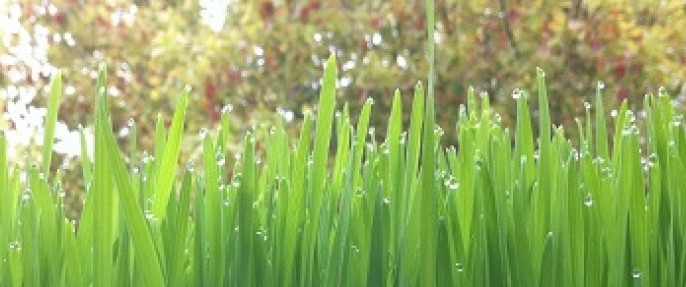This is a true story about how drinking wheatgrass juice helped my grandma flight and concours breast cancer. Originally posted on my wheatgrass magic website.
Year 2008.
Rosa was 72 when she started to feel some sort of lump inside her body under her left breast. She noticed that it made her breathing difficult.
Several months before that, her granddaughter started growing and drinking wheatgrass juice.
One day Rosa came to visit her granddaughter and was curious about this green grass her granddaughter seemed to juice and drink. “Helena, what is this thing you’re drinking she asked (in Russian)”, Helena explained that it’s called wheatgrass juice and it has enourmase health benefits. Rosa wanted to try it out, so after a thorough explanation and demonstration, Rosa gathered all the ingredients and started growing and drinking wheatgrass juice as well.
After a month and a half of drinking the juice, Rosa suddenly discovered a tumor on the surface of the same left breast. She couldn’t feel the lump inside anymore, so she concluded that this tumor must be the original lump coming out to the surface.
When she went to the doctor, he checked the tumor, and sent her to do a mammogram.
After the results came in, the doctor confirmed it was a breast cancer tumor and she needs a surgery to remove it. He was surprised that she found it herself because it was an aggressive tumor, usually can only be found inside the body and not on the surface. He didn’t see any roots and the surgery would be enough to get rid of it.
Rosa had the surgery and the tumor was successfully removed. The doctor was also surprised to find no spread or branches of the bad cancer cells, which are common with these types of aggressive tumors.
For precautionary measures Rosa was still asked to go through chemotherapy treatments, and even during that time Rosa recalls that the nurses were surprised to see such good blood results.
Rosa finished the treatments successfully and went back to her normal life. She embraces drinking wheatgrass juice as part of her every day routine.
Ben Gurion Airport, Israel, 2013
The happy lady on the right is my grandma 😉
* If you find yourself wonder and having questions about how wheatgrass juice works, read this.


